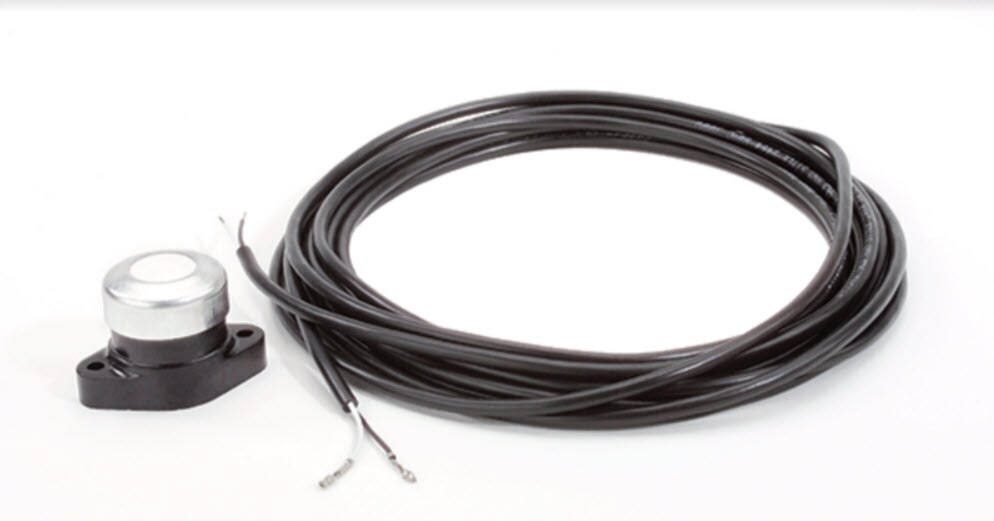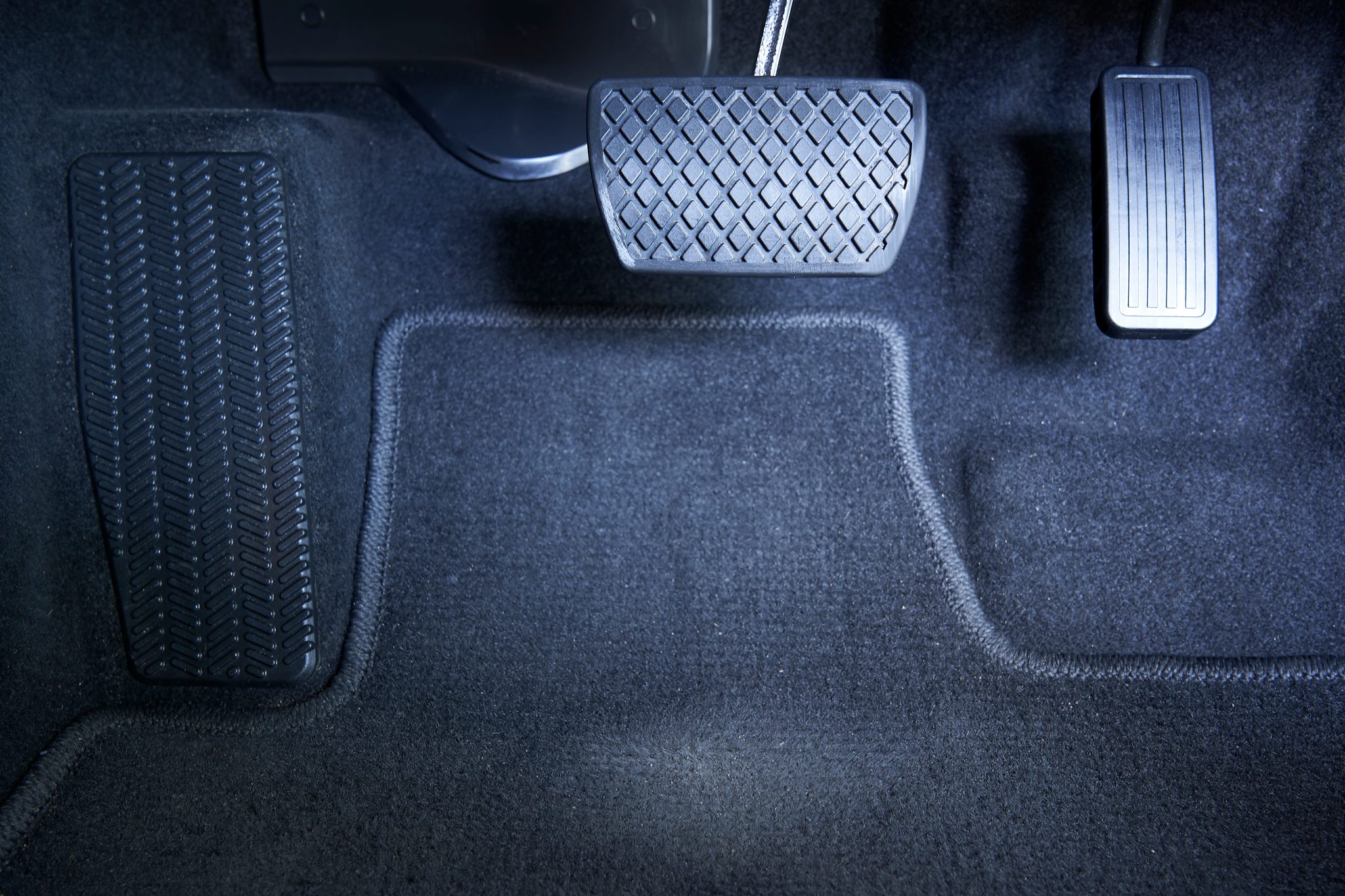
Ring 1 (closest to tip) = right audio (red).The speakers are usually between 80 ohms and the mic is around 1k ohm and apply very light current to determine which is left and which is right channel. It is possible to test resistance to determine what wires your microphone is using. For example, this one has wires for both a mic and a headphone: In a 3.5mm, you have 3 or 4 wires depending on the plug. In a male XLR everything is swapped left for right, so the top right is ground. In some cables, the red wire and black wire carry signal, white is ground, in others red and white carry signal and black is ground, since it was up to the cable manufacturer.

In a female XLR, the top right is ground, and the other two are signal. In an XLR cable there are three wires, ending in 3 pins. In an XLR cable, you simply pick a wire that is not ground.

You don't want to mount the switch in such a way that you would break it with your foot weight, so make sure it sits slightly below the box at the right height such that the box would take the brunt of the weight.Īlternatively, for a few dollars each, SPST Momentary Foot Switch - Normally Closed - Soft Touch - Short Shaft - Pre-Wired - this is available and designed for using your foot. Small enough to hide near the mic end and depress with your off hand, or create a pedal version by mounting the switch inside a wooden block or rigid project box. You may have to add a bit of rubber bushing around the cable where the retention clip contacts it or you can use a vise to flatten the clip so it holds the smaller cable securely.A Normally Closed Momentary Switch (NKK) - Very cheap and tiny, on Amazon: XLX 50pcs Red Cap 7mm Mini Lockless SPST Momentary Micro OFF Switch 2 Pin Push Button ( AC 120V/6A or AC 250V/3A ) Assortment Kit - less than $13 for 50 of them. I use 1/8" mono plugs and jacks at my QTH.
FOOT PEDAL PUSH TO TALK HOW TO
You probably will have to refer to the circuit on the Boom Mic page to see how to create a jack that brings the PTT line out from the mic cable. Once the original electrical wiring has been removed, substitute a 2-conductor cable of suitable length for your needs and terminate it with a mono-plug suitable for your boom mic. For our purpose we will wire it for a normally open configuration. The switch is capable of either normally open or normally closed configuration depending on which one of the end terminals one wires in conjunction with the common terminal on the side. There are two terminals on the end of the switch and one on the side. Loosen the clip that holds the cable in place and de-solder the wires from the switch inside. Be careful not to lose the coil spring between the upper and lower halves of the switch. The foot switch must be disassembled (not hard) by removing one of the C-clips at one end of the pivot shaft and sliding the shaft out of the assembly. To start with a company on the East coast of Florida called MPJA (Marlin P Jones and Associates) offers a suitable foot switch for only $5.95 (part # 18150SW) This unit comes with about 6 feet of 3 conductor electrical cord un-terminated at the far end of the cord. It is very easy to construct and much cheaper than any of the foot switch PTTs that are available commercially.

When I built my Boom Mic for my home station and posted the details on this site I forgot to include details of the foot switch I use to operate the boom mic.


 0 kommentar(er)
0 kommentar(er)
